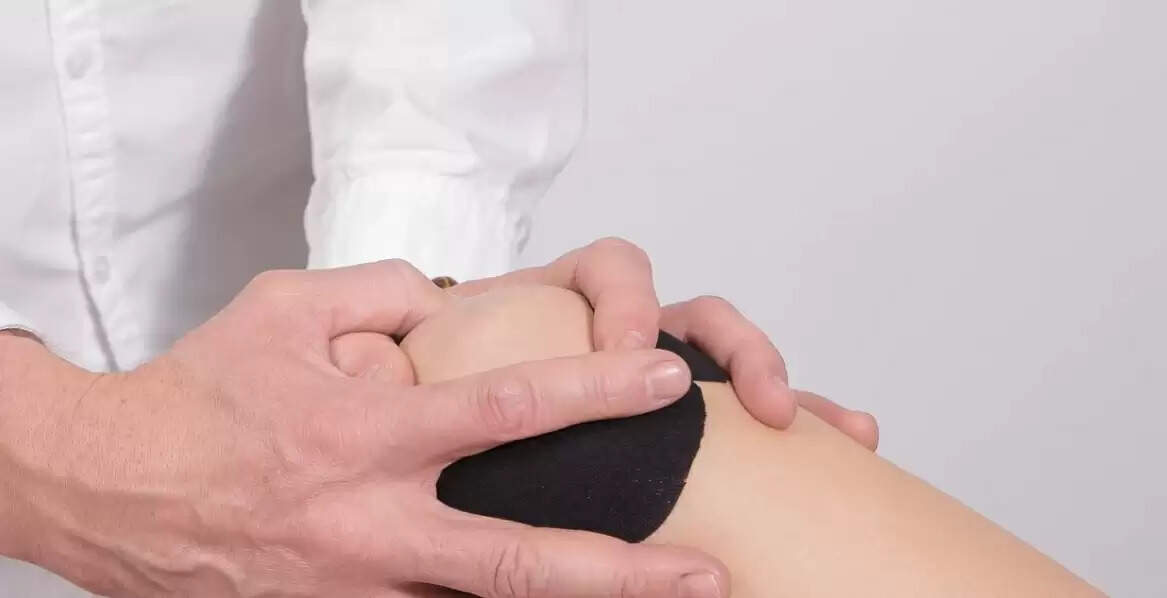Osteoporosis: How to Detect a Disease with No Symptoms?

A healthy bone has a honeycomb-like structure when viewed under a microscope. When a person suffers from osteoporosis, the spaces and holes in this honeycomb structure increase significantly.
It thus leads to low bone mass or density. The microstructure of bone tissue deteriorates. Osteoporotic bones lose their strength and become very brittle.
With chronological aging, osteoporosis becomes a common phenomenon. Thus, older adults, especially women tend to suffer from it. In the US, more than 53 million adults suffer from it or face an intense risk to develop it, making it a common metabolic disease.
Osteoporosis faces large clinical silence, due to which it gets undertreated or overlooked. Since people are not aware of the condition, they face a high risk of fractures or breaking of bones. It generally affects wrist and spine bones, and those in the hips and ribs.
Osteoporosis does not show any obvious symptoms. Then, how can one detect it?
How to detect Osteoporosis?
Typically, one may not know that they are suffering from osteoporosis before a fracture occurs. There are no warning signs during the initial stages. It makes it difficult to know whether you are at the risk of developing osteoporosis.
However, some symptoms associated with osteoporosis tend to show up. The ones that may appear in the early stages may consist of weak and brittle nails and receding gums. Your grip strength also may tend to weaken.
If there are no symptoms altogether, but a risk of osteoporosis runs down in your family history, it is better to consult a doctor. They will perform the necessary tests to assess the risk levels.
Osteoporosis may pose more significant problems if it does not receive a timely medical response. In severe cases, it may lead to fracture conditions from even a strong sneeze. Critical osteoporosis can reduce a person’s height and cause intense pain.
What triggers Osteoporosis?
Various underlying health issues increase the probability of osteoporosis. If you are suffering from any of the following conditions, you should consult your doctor to check your bones’ health. These include:
- Gastrointestinal disorders: Weight loss surgery, inflammatory bowel disease (IBD), and celiac disease.
- Cancer: Breast cancer, prostate cancer
- Nervous system disorders: Spinal cord injuries, multiple sclerosis (MS), Parkinson’s disease, stroke
- Autoimmune disorders: Lupus, Rheumatoid arthritis (RA), Ankylosing spondylitis
- Blood and bone marrow disorders
- Mental illness
- Pregnancy and lactation-associated osteoporosis (PLO)
- Other diseases and conditions: chronic kidney disease, liver disease, AIDS/HIV
One of the biggest risk factors that can cause osteoporosis is age. The human body decomposes old bones by breaking them down and growing a new one. But, after the 30s, the replacement speed slows down as compared to the pace at which it breaks down. Hence, the density of bones reduces making them brittle.
Treatment of Osteoporosis
Once you consult your doctor, they will conduct tests to assess your Osteoporosis risk level. Accordingly, they will develop a treatment plan for you. They will prescribe medications and lifestyle changes that work best for your condition.
Osteoporosis has no cure, but based on how you are treated, it can help improve your bone health. It will help ensure that bone replacement level is at par with the breaking speed.
Medical Disclaimer: The information and reference materials contained here are intended solely for the general information of the reader. Patients and consumers should review the information carefully with their professional health care provider. The information is not intended to replace medical advice offered by physicians. You should consult your physician before beginning a new diet, nutritional or fitness program.
.jpg)
